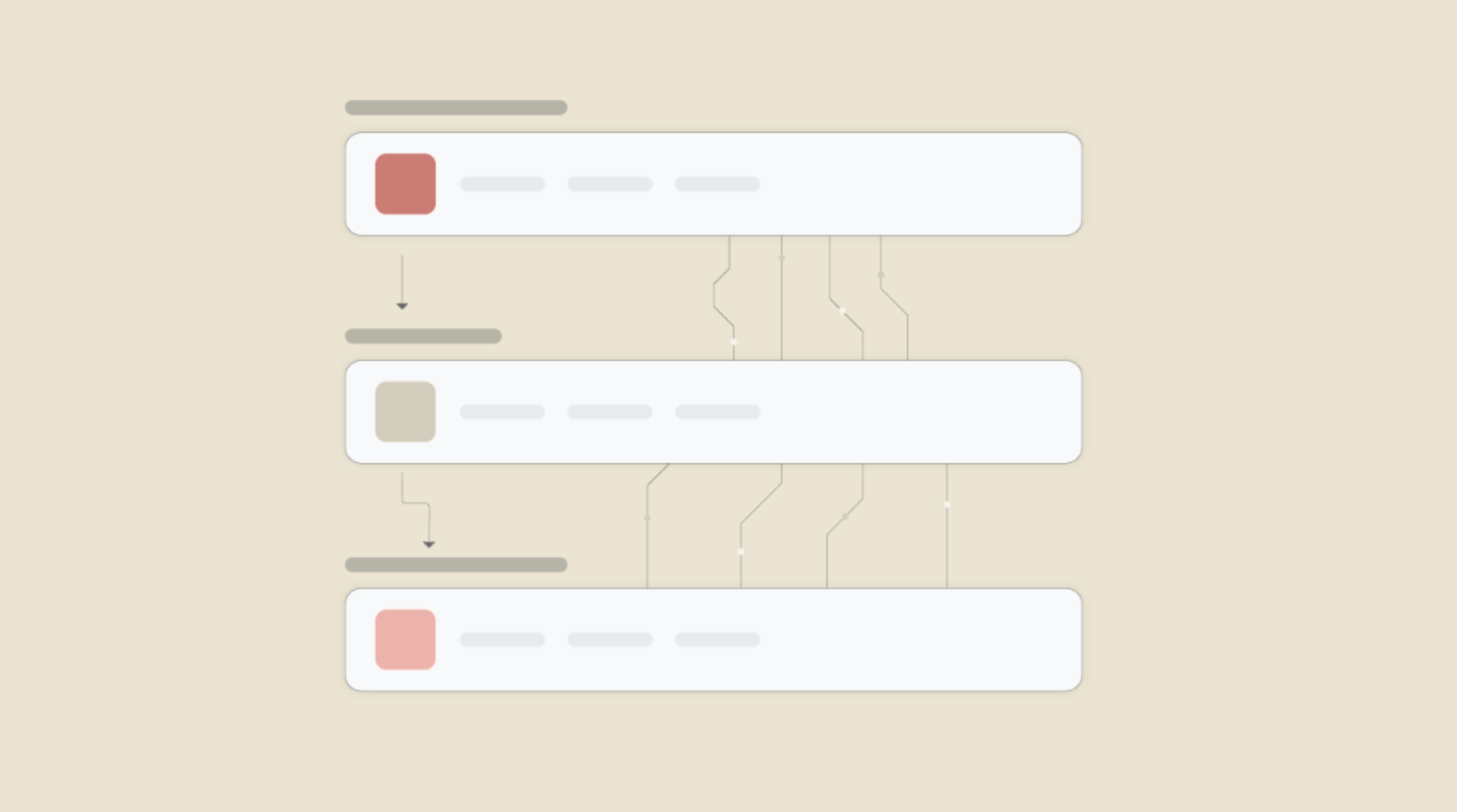Connect Memory and WebCrawler API to Build Intelligent Automations
Choose a Trigger
When this happens...
- Request a new Trigger for Memory
Choose an Action

Automatically do this!

Scrape Webpage

Start Crawl Job

Search Crawl Job URL

Get Crawl Job

Cancel Crawl Job
Enable Integrations or automations with these events of Memory and WebCrawler API
Enable Integrations or automations with these events of Memory and WebCrawler API
Actions
Add new record
Store new data seamlessly within your workflow using the Create action. Whether you're saving configurations, flags, or other crucial information, this action securely adds data to your MongoDB-based storage, ready for use in your automation flow.
Find record
Effortlessly access stored data with the Read action. Retrieve any saved information at any point in your flow to support decision-making and trigger subsequent actions based on the retrieved data.
Update a record
Modify specific records using the Update by ID action. This allows you to directly update a particular entry in your MongoDB storage by its unique identifier, ensuring precise changes to your stored data.
Update record using filter
Refine and update multiple records at once with the Update by Filter action. Use filters to target specific criteria, making bulk updates to all matching entries within your storage, enhancing efficiency and control in your workflow.
Delete record by Id
Maintain an organized and efficient workflow by removing unnecessary data with the Delete action. This allows you to securely delete obsolete records, optimizing your storage for active and relevant information.
Create or update record
Explore more automations built by businesses and experts
Automate Instagram Comment Replies with Smart DMs
- text is ai
 ReplytoComment
ReplytoComment Send a Private ReplyAdd Step
Send a Private ReplyAdd Step - Is guide comment
 ReplytoComment Guide
ReplytoComment Guide Send a Private Reply GuideAdd Step
Send a Private Reply GuideAdd Step - multi keyword matchcmntdqJzLMYS
 ReplytoCommentMultiKeywordAdd Step
ReplytoCommentMultiKeywordAdd Step
Automate Expense Report Approvals via Slack & QuickBooks
- Send for Approval accept
 Create Entry of expensesAdd Step
Create Entry of expensesAdd Step - Send for reject
 Mail for RejectionAdd Step
Mail for RejectionAdd Step
Automate Instagram DM Replies, Reactions, and Team Alerts
- has response
 SendDMMessageAdd Step
SendDMMessageAdd Step - Notify team
 SendMailAdd Step
SendMailAdd Step - has react
 SendDMMessage ReactAdd Step
SendDMMessage ReactAdd Step
Know More About Memory and Webcrawlerapi Integrations

How viaSocket Works | A Complete Guide
Gain insights into how viaSocket functions through our detailed guide. Understand its key features and benefits to maximize your experience and efficiency.

5 Simple Automation Hacks to Make Your Team Free
Unlock your team's potential with 5 straightforward automation hacks designed to streamline processes and free up valuable time for more important work.

What is Workflow Automation - Definition, Importance & Benefits | A Complete Guide
Workflow automation is the process of using technology to execute repetitive tasks with minimal human intervention, creating a seamless flow of activities.
Frequently Asked Questions
To start, connect both your Memory and WebCrawler API accounts to viaSocket. Once connected, you can set up a workflow where an event in Memory triggers actions in WebCrawler API (or vice versa).
Absolutely. You can customize how Memory data is recorded in WebCrawler API. This includes choosing which data fields go into which fields of WebCrawler API, setting up custom formats, and filtering out unwanted information.
The data sync between Memory and WebCrawler API typically happens in real-time through instant triggers. And a maximum of 15 minutes in case of a scheduled trigger.
Yes, viaSocket allows you to add custom logic or use built-in filters to modify data according to your needs.
Yes, you can set conditional logic to control the flow of data between Memory and WebCrawler API. For instance, you can specify that data should only be sent if certain conditions are met, or you can create if/else statements to manage different outcomes.
About Memory
A seamless, secure vault for your crucial data. The "Memory" integration offers MongoDB-based storage, enabling Create, Read, Update, and Delete operations. Effortlessly manage and safeguard your data within your automation flows, ensuring easy access and precise control throughout the process.
Learn MoreAbout WebCrawler API
WebCrawler API provides a powerful and efficient way to extract data from websites. It is designed to help developers and businesses automate the process of web scraping, enabling them to gather information from various online sources quickly and accurately. With features like customizable crawling rules, data extraction, and integration capabilities, WebCrawler API is an essential tool for anyone looking to harness the power of web data.
Learn More